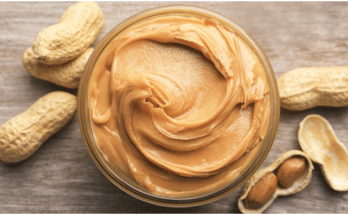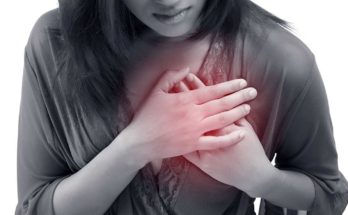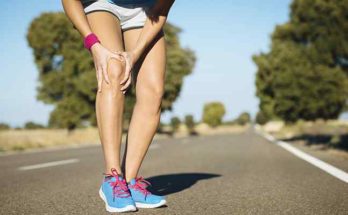
Gastritis is a disease that brings with it acute abdominal pains, days spent in hospital, unpleasant procedures, and … a diet for years to come. It is simply impossible to cure this disease in 2-3 weeks, but the chronic form will remain for life, for which it is chronic. The correct diet, in this case, becomes not only an obligatory part of treatment, but also a way of life. What can be eaten, what is prohibited, what are the basic dietary rules for gastritis, the menu – all this will be discussed below.
“Table number 1” – during an exacerbation and during treatment
This option is usually prescribed for gastric and duodenal ulcers. But indications for diet table number 1 can be acute and chronic gastritis during the first months of treatment.
The main principle of this food system is the consumption of cooked mashed or steamed food. Objectives: to reduce inflammation of the gastric mucosa and duodenum, normalize secretion, reduce mechanical, thermal and chemical activity.
Features and rules of diet number 1:
- food only boiled and steamed;
- the predominance of grated products, soups, mashed potatoes;
- lack of rough products (raw vegetables, fruits, meat);
- fractional meals – 5-7 times a day;
- complete rejection of fried, fatty, spicy, salty foods.
In more detail, the food rules and products that are allowed and prohibited for use are best considered separately by category.
Bread, flour products
Almost everything from this group of products will have to be abandoned. All that is allowed is yesterday’s white bread, bran bread or crackers and dry biscuit. But you will have to refuse fresh flour products, including baked goods. Rye bread, puff pasta and pasta are also banned.
Cereals and legumes
You can eat porridge made from rice, oatmeal, semolina and buckwheat. Boil them in milk or water to a viscous or semi-viscous consistency. Millet, pearl barley, barley and wheat cereals, legumes, beans are strictly prohibited.

Soups
Soups are also part of the diet, thinner ones with chopped (preferably grated) vegetables and soft meat or fish are best suited. Ideal, these are mashed soups.
You can’t eat:
- broths, both meat and fish (for soups, the meat is first boiled, and only then added to the dish);
- soups with mushrooms, peas and beans;
- various cabbage soup, okroshka, borscht, heavy and fatty soups.
Vegetables and fruits
Vegetables and fruits are allowed, mostly boiled or steamed. In small quantities, it is allowed to use non-thermally processed fruits and berries, for example, applesauce. But the vast majority of raw fruits cannot be eaten, because they have a coarse fibrous structure and are more difficult to digest.
From vegetables, in the form of mashed potatoes and puddings, root vegetables such as beets and carrots, as well as potatoes and cauliflower are allowed. A small amount of parsley and dill is allowed from greens, but sorrel, onion and spinach cannot be consumed.

With gastritis, you must abandon:
- white cabbage and radish;
- cucumbers;
- raw fruits (especially apples, which have a dense fibrous structure, it is better to bake them or make them like puree before eating);
- citrus fruits;
- all sour berries.
You can eat bananas, but in very limited quantities. This is especially important for problems with the intestines (more specifically, with constipation).
Meat products, fish, and eggs
The first step is to abandon all coarse and fatty options for meat and meat products: lamb, fatty beef, pork, and also exclude veins and skin. The most acceptable options are lean poultry (chicken, turkey), rabbit and veal. All meat is best used in the form of meatballs, meatballs, etc., of course, boiled or steamed.
Lean fish without skin is an excellent choice. Besides boiling and steaming, you can try baking in foil. But salted and smoked fish will have to be excluded from the diet. The ban also includes canned fish, as well as sausages, sausages, bacon and smoked meats.

Eggs are only suitable boiled soft-boiled or as steamed omelets. But you will have to give up hard-boiled and fried eggs. The daily norm of this product is no more than 2 pieces.
Dairy
No less strict diet for gastritis and dairy products. So spicy and salty cheeses, as well as anything with high acidity, are prohibited. You can calmly drink milk, but the choice of kefir, yogurt and cottage cheese must be approached very carefully. They should always be fresh and non-acidic. Sour cream can be included in the diet, but to a very limited extent.
Sweet and drinks
Sweets are allowed:
- dry biscuit;
- berries and fruits: baked or in the form of compotes, jelly and mashed potatoes (in fact, this has already been said);
- honey, sugar, marmalade and candy.
All other sweet options (not included in the list) are prohibited. An exception can still be made by biscuits in very small quantities.
From drinks, you can safely use weak teas, coffee with milk, compotes, jelly, cocoa. You can not drink strong tea and coffee, soda and alcohol. You need to be careful with juices – they can increase acidity or become an irritant to the mucous membrane.
Sample menu for “Table number 1”
For diet number one, the menu should be designed for 5-7 meals. Below are several options for each meal. They can be alternated, grouped and supplemented, because this is not a strict list (for 6 meals), but only a template (to know what to start from). Therefore, feel free to change the menu, but using only approved products. Feel free to choose the drinks yourself.
- Breakfast : 2 egg omelette (steamed); rice or semolina milk porridge; oatmeal.
- Second breakfast : applesauce; baked berries; several biscuit cookies.
- Lunch : light vegetable soup with finely chopped meat; steamed fish with rice porridge; mashed potatoes with steam cutlets.
- Afternoon snack : jelly with breadcrumbs; cocoa with marshmallow or marshmallow.
- Dinner : steamed meat (chicken, turkey, rabbit); boiled vegetables; meatballs with mashed potatoes.
- Second dinner (2-3 hours before bedtime): kefir, cottage cheese or yogurt; banana; applesauce.
Diet for the period after the main treatment
This refers to the rules of nutrition, which must be adhered to at all times. Table number 1 is suitable for treatment in the first 3-5 months, after this period the dietary rules may be less strict. But sticking to a diet is still necessary, especially with chronic gastritis. Eating disorders and overdoing with “harmful” foods will lead to a second exacerbation.
After the main treatment, you can take diet number 1 as a basis and make some changes to it. For example, cereals can be cooked not only viscous or semi-viscous, but also crumbly. In addition to boiled or steamed food, you can diversify your diet with oven-baked dishes.
You can include more fruits and vegetables in your diet and consume them whole. It can be apples and pears (and not only in mashed potatoes, it will be even healthier to eat them whole), cucumbers, tomatoes and even citrus fruits.
The main thing to remember are a few rules: no spicy, salty, fried and smoked. And also exclude fatty foods from the diet.





